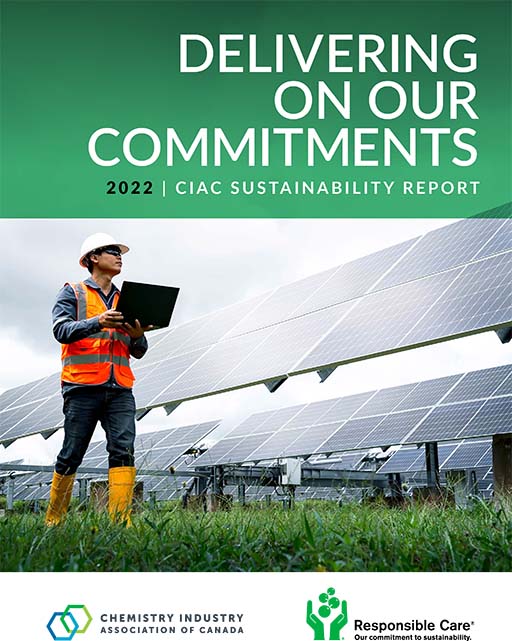Our members’ investments in low-carbon technology are essential for achieving governmental and societal goals for a stronger economy, net zero emissions by 2050 and a circular economy. Through these solutions, CIAC is supporting progress towards the following targets under UN SDG 7 (Affordable and Clean Energy), UN SDG 8 (Decent Work and Economic Growth), UN SDG 9 (Industry Innovation and Infrastructure) and UN SDG 13 (Climate Action):
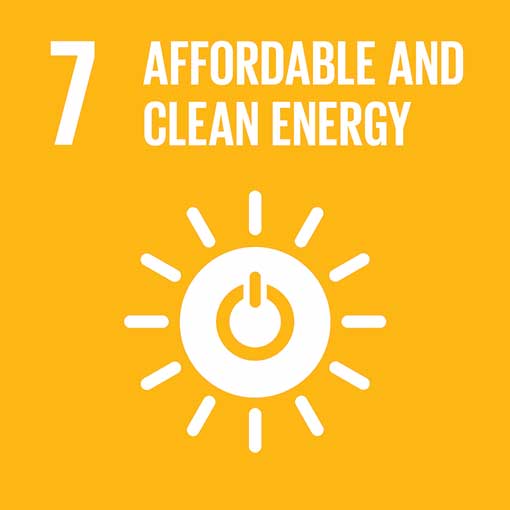
7.2 – By 2030, increase substantially the share of renewable energy in the global energy mix
7.3 – By 2030, double the global rate of improvement in energy efficiency
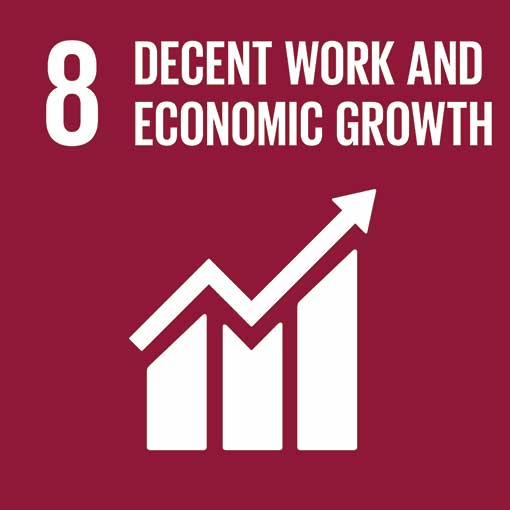
8.2 – Achieve higher levels of economic productivity through diversification, technological upgrading, and innovation, including through a focus on high-value added and labour-intensive sectors
8.4 – Improve progressively, through 2030, global resource efficiency in consumption and production and endeavour to decouple economic growth from environmental degradation, in accordance with the 10-Year Framework of Programmes on Sustainable Consumption and Production, with developed countries taking the lead
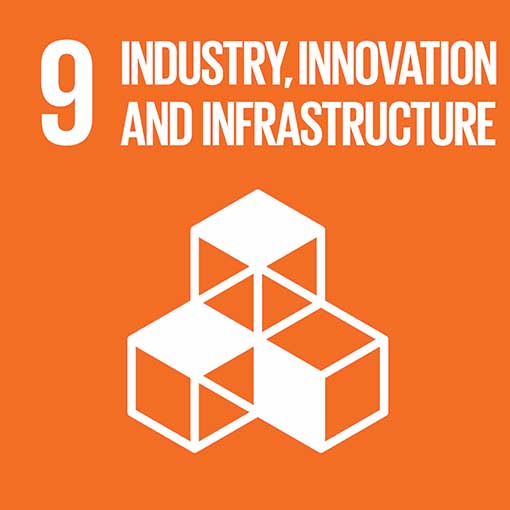
9.4 – By 2030, upgrade infrastructure and retrofit industries to make them sustainable, with increased resource-use efficiency and greater adoption of clean and environmentally sound technologies and industrial processes, with all countries taking action in accordance with their respective capabilities
9.5 – Enhance scientific research, upgrade the technological capabilities of industrial sectors in all countries, in particular developing countries, including, by 2030, encouraging innovation and substantially increasing the number of research and development workers per 1 million people and public and private research and development spending
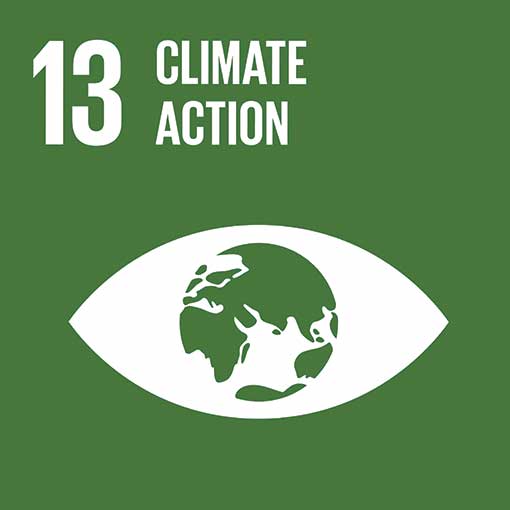
13.2 – Integrate climate change measures into national policies, strategies, and planning
Climate change policy and advocacy
Chemistry and plastics will play an essential role in Canada’s economic future. Our products are the nexus of all solutions to energy efficiency, net-zero emissions, and a circular economy. The chemistry sector has reduced its carbon dioxide equivalent emission intensity by 31 per cent since 2005 because of significant investment and will continue to invest in all these areas in years to come. Canada’s chemistry industry is delivering made-in-Canada low-carbon chemistry products. Thanks to our low-emissions electricity grid, our electro-chemistry sector is already close to achieving net-zero production. Chemistry and plastics play a crucial role in the supply chain for almost all manufacturing in Canada. Decarbonizing this supply chain will require significant investments in new and upgraded facilities including research and development which will ultimately lead to a net-zero industrial transformation.
Canada’ chemistry sector is proposing tens of billions in investment that will help Canada’s economy reach its climate change and emissions reduction goals. Planning is only the first step — governments and industry must continue to work together to ensure these ideas become a reality. CIAC is working with governments to develop a competitive regulatory and policy landscape that will enable clean chemistry investment for years to come. CIAC is supportive of the government’s efforts to support Carbon Capture Utilization and Storage (CCUS), Hydrogen production and utilization and clean technology manufacturing. We continue to advocate for an extension of the Accelerated Capital Cost Program with no phase-out to 2030 with consideration to making it permanent to ensure that Canada’s manufacturing sector is able to make critical investments that strengthen domestic supply chains.
What CIAC Members are doing to address climate change
Imperial – Battery energy storage solution
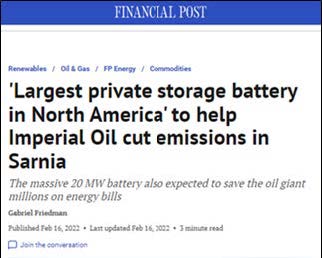
Imperial is preparing to commission an exciting project with a strong sustainability benefit at the Sarnia site. Through a benefit sharing agreement with global energy producer Enel-X, a behind-the-meter battery energy storage solution (BESS) has been installed at the Sarnia site. This 20 MW battery is the largest of its kind in North America. The sustainability of Ontario’s electrical grid is an important part of the energy transition. On peak energy use days, Imperial can charge the battery at night when the Ontario electrical grid is primarily operating on renewables (nuclear, hydro and wind), then use that stored energy during the day. This reduces the burden on the province’s grid, especially during extreme weather.
MEGlobal Canada – Moving to 100 per cent renewable energy

MEGlobal Canada ULC (MEGlobal), an EQUATE company, entered into a 10-year agreement with Capital Power Corporation to purchase a significant share of renewable energy (126 megawatts) from Capital Power’s Whitla Wind facility. Renewable energy is expected to meet the power needs at MEGlobal’s Canadian manufacturing facilities.
“Purchasing energy from renewable resources such as wind makes good sense for our company and the environment,” said Naser Aldousari, CEO of EQUATE. “This agreement exemplifies [MEGlobal’s] dedication to delivering responsible product growth that meets the needs of the present without compromising the ability of future generations to meet their needs.”
LANXESS – Climate neutral
In 2022, LANXESS announced a goal to achieve climate neutrality across its entire value chain by 2050. This is a follow-up to the company’s goal to become climate neutral by 2040.
To achieve its goals, LANXESS has launched the Net Zero Value Chain Program. This strategy toward climate neutrality along the entire value chain is based on three pillars:
- sustainable raw materials;
- green logistics; and
- climate-neutral products.
Through the Net Zero Value Chain Program, LANXESS is continuing to drive forward the transformation of their product portfolio toward climate neutrality. In this way, the company is also supporting their customers, who are increasingly looking for sustainable solutions.
Through the Net Zero Value Chain Program, LANXESS is continuing to drive forward the transformation of its product portfolio toward climate neutrality. In this way, the company is also supporting their customers, who are increasingly looking for sustainable solutions.
Dow – Pathway2Zero
After five months of outreach, on August 24, Dow Canada held a public information session on its proposed Fort Saskatchewan Path2Zero expansion project. The goals of the consultation were to distribute project information to potentially affected stakeholders and other members of the public to satisfy the public consultation component of the permit application, and address community issues, concerns and questions.
The Fort Saskatchewan Path2Zero expansion project will create the world’s first net-zero carbon emissions integrated ethylene cracker and derivatives site with respect to scope 1 and 2 carbon dioxide emissions.
Learn more here.
